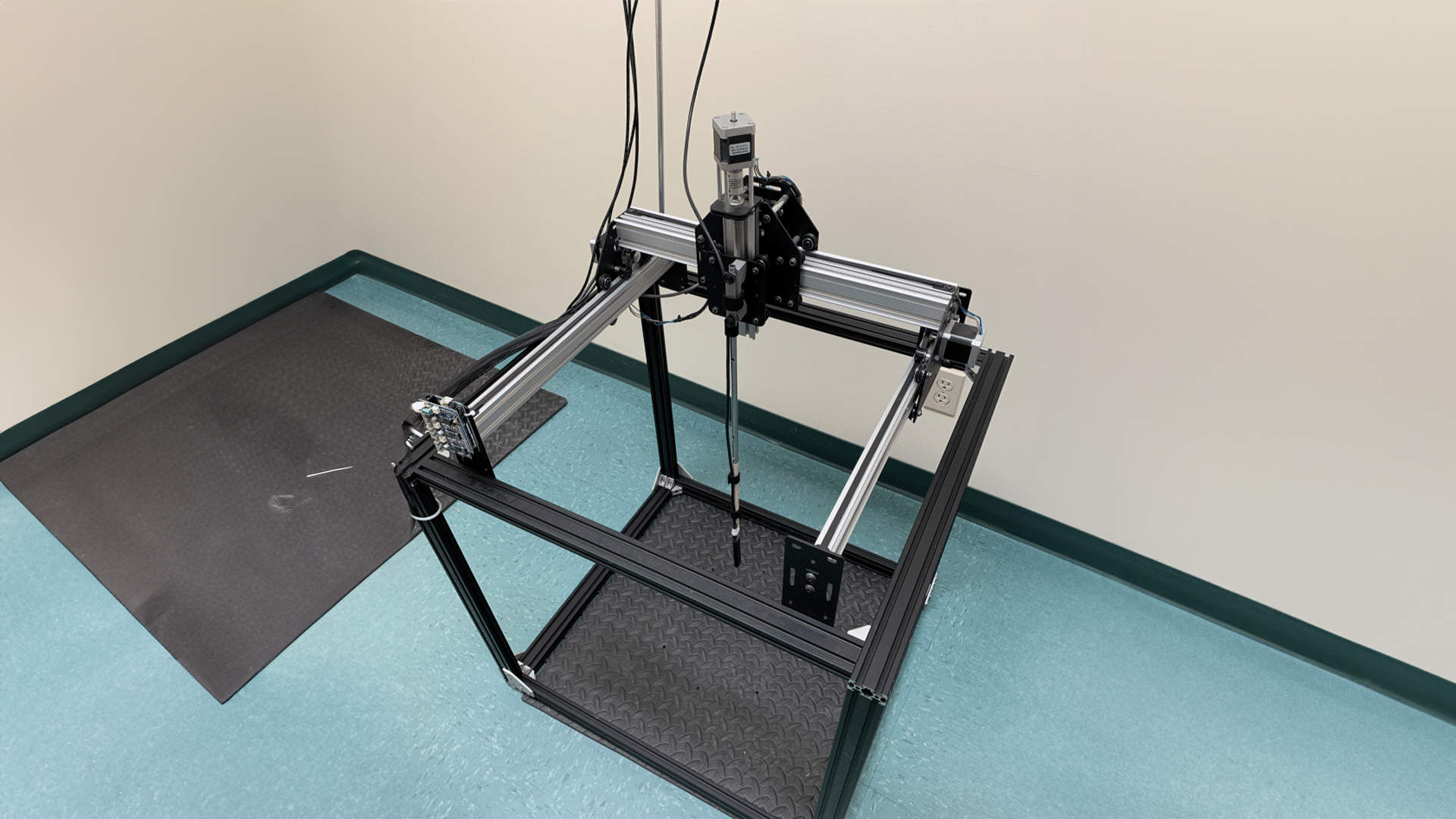Aaron Purchase from the University of Alberta in Canada shares all the details to build an automated 3D flux density mapping system. Aaron Purchase converted the Three-axis Hall Magnetometer THM1176 into a 3D mapper and shares the recipe. Aaron provides the hardware list as well as the software code Open Source, with no support guarantees from either the author or Metrolab. You can find the GIT repository here.
The interface to the probe is derived from the Python module shared by Cedric Hugon of Hyperfine Research. His Python module drives the Three-axis Hall Magnetometer THM1176. You can find the GIT repository here. But, again, this code is provided as Open Source, with no support guarantees from either the author or Metrolab.
A heartfelt thanks to both Aaron Purchase and Cedric Hugon for sharing. Of course, in the spirit of Open Source, we expect that any improvements you might make should also revert to the community!
Update 2024:
The MRI4ALL Hackathon aimed to jointly develop a fully-fledged low-field MRI scanner in just four days and to release all developed resources as open-source packages so that other groups can utilize them for their projects. 52 researchers from 16 different institutions participated in the hackathon, and they created a scanner named “Zeugmatron Z1” – in reference to the term “Zeugmatography” that was initially used by Nobel-price winner Paul Lauterbur when he invented MRI. The scanner is now operational, and the hackathon participants continue to improve it.
Metrolab Technology SA was happy to support the project by loaning a 3-axis Hall sensor THM1176-MF to Clarissa Zimmerman Cooley and Aaron R. Purchase, Ph.D. to map the magnet. Aaron makes his code for an automated field mapper in GitHub under the repository /field_mapper_3DFM/ https://github.com/mri4all.

